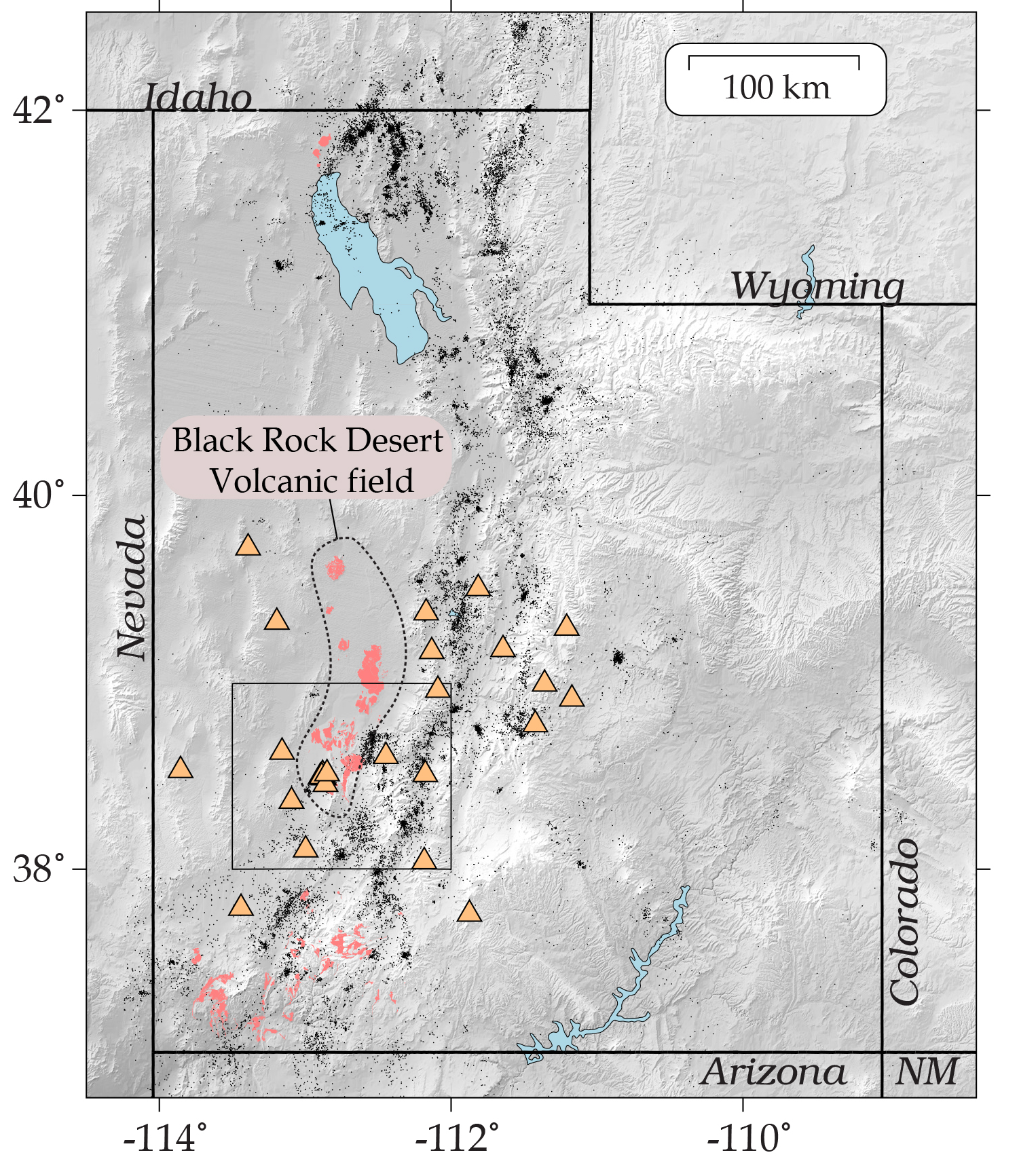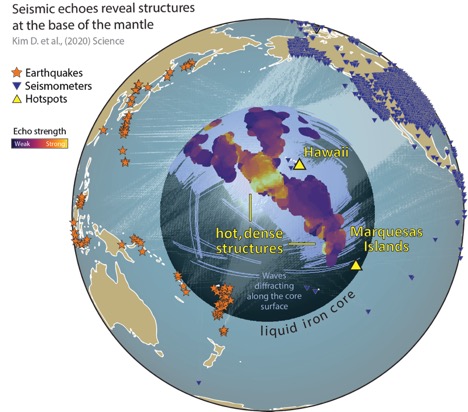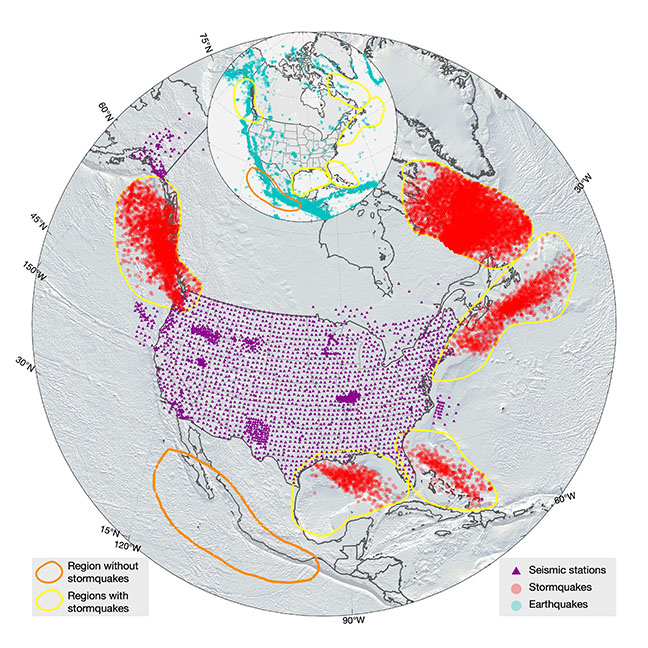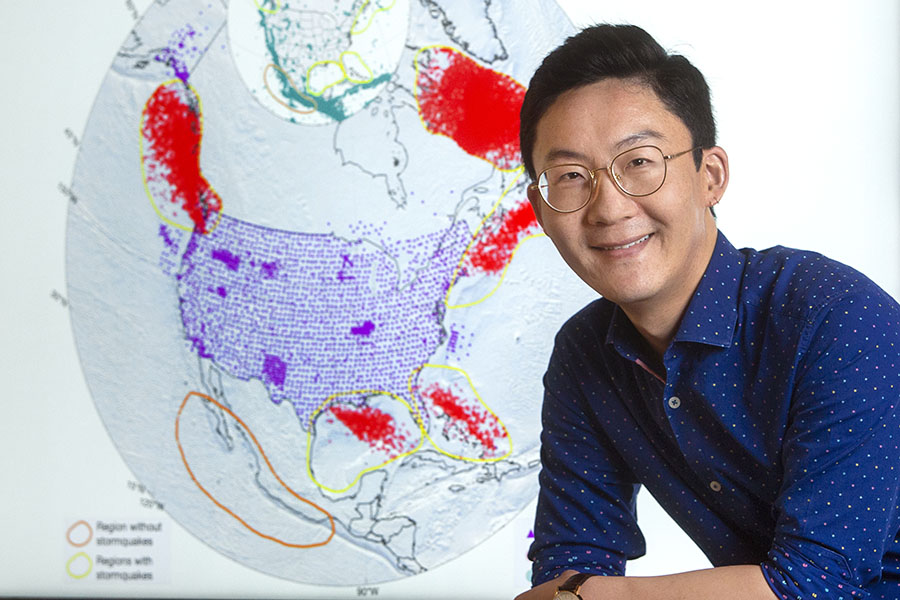A newly published study sheds light on the intricate relationship between the 2024 M 7.6 Noto Hanto earthquake and a significant earthquake swarm that began beneath Japan’s Noto Peninsula in November 2020. This research, conducted by a team of international experts including Professor Zhigang Peng and his student Phuc Mach at Georgia Tech, Dr. Xinglin Lei at National Institute of Advanced Industrial Science and Technology (AIST) in Japan, Dr. Qing-Yu Wang at Université Grenoble Alpes, France, and other researchers in China, Japan and France, offers a detailed analysis of the seismic activity leading up to and following the devastating earthquake.
Tag: seismic activity
Pioneering research sheds new light on the origins and composition of planet Mars
A new study has uncovered intriguing insights into the liquid core at the centre of Mars, furthering understanding of the planet’s formation and evolution.
Geophysicist sprints to monitor quake aftershocks in Alaska
Cornell professor and collaborators collect data that could provide new insight into the mechanics of crustal faults and possibly help researchers understand and anticipate future earthquake clusters.

Unusual earthquakes highlight central Utah volcanoes
Earthquakes in the Black Rock Desert are rare and capturing the seismic recordings from these earthquakes provides a glimpse into the volcanic system of the Black Rock Desert that, while not showing any signs of erupting, is still active.

Looking Up to the Stars Can Reveal What’s Deep Below
Using a new technique originally designed to explore the cosmos, scientists have unveiled structures deep inside the Earth, paving the way towards a new map revealing what Earth’s interior looks like.
Move Over Jules Verne — Scientists Deploy Ocean Floats to Peer into Earth’s Interior
The release of more than 50 floating sensors, called Mobile Earthquake Recording in Marine Areas by Independent Divers (MERMAIDs), is increasing the number of seismic stations around the planet. Scientists will use them to clarify the picture of the massive mantel plume in the lower mantel lying below the South Pacific Ocean. This effort will also establish one of the most comprehensive overviews of seismic activity across the globe. Frederik Simons will discuss this international effort during the marine seismoacoustics session of the 178th ASA Meeting.

Stormquakes: Powerful Storms Cause Seafloor Tremors
Stormquakes are a recently discovered phenomenon characterized by seismic activity originating at the ocean floor due to powerful storms. Heavy storms, like hurricanes or nor’easters, can create seismic waves as large as magnitude 3.5 quakes. These tremors caused by the effects of storms on the seafloor are what researchers call stormquakes. Catherine de Groot-Hedlin, who was part of the group that first observed stormquakes, will discuss their properties and meteorological significance at the 178th ASA Meeting.

FSU RESEARCH: STRONG STORMS OFTEN GENERATE EARTHQUAKE-LIKE SEISMIC ACTIVITY
A Florida State University researcher has uncovered a new geophysical phenomenon where a hurricane or other strong storm can spark seismic events in the nearby ocean as strong as a 3.5 magnitude earthquake.